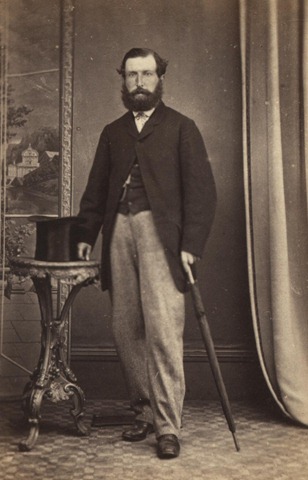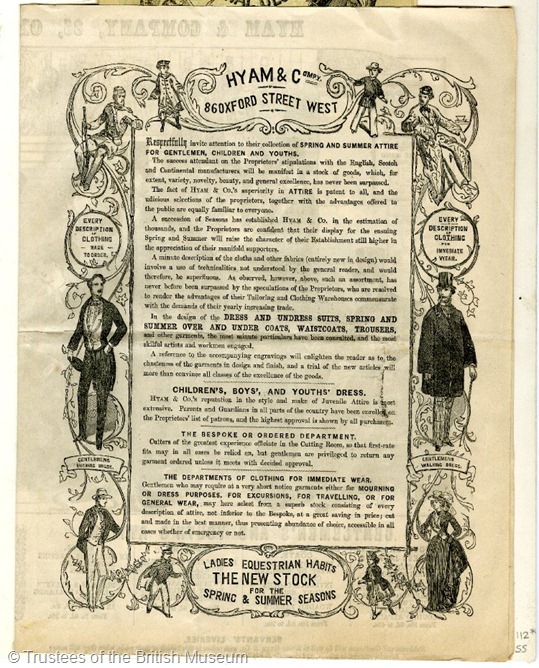Only a week left to get Essex records for free
Essex Record Office currently have digital images of a number of parish registers available free via the Essex Ancestors section of their SEAX search engine. Coverage varies by date and parish - excellent for Dedham and very poor for Prittlewell, for example. From 30 August they will be offering unlimited access to Essex parish registers and wills on a newly launched Essex Ancestors website but it will be a subscription service. The charges will range from £5 for one day's access to £75 for a year. So if you have Essex ancestors, take a look to see if digital images for their parish are currently free online, before this week's window of opportunity closes.
London Confirmation Records, 1850-1921, on Ancestry
Ancestry usually add new databases quietly, a few days before they announce them publicly. I regularly check the New Collections page to see what they've sneaked in and last week I spotted the addition of London Confirmation Records, 1850-1921. I had high hopes for this collection but they were soon dashed. The new database contains records from just 25 parishes, some covering very short time periods, such as St John, Kensal Green, 1892-99 and St Jude, South Kensington, 1904-1912. There are less than 23,000 records in total. So don't get your hopes up, fellow London researchers! Oh, and St Martin, Kensal Rise, has been indexed as St John, Kensal Green!
Poor indexing of the 1851 census on Find My Past
British genealogists often complain that Ancestry make a hash of transcribing our records, as in the example above. Yesterday I found equally poor indexing of the 1851 census records on Find My Past. I was looking at the delightfully named Dorset village of Whitchurch Canonicorum and found that over 160 people born in the village had their birthplace mistranscribed as "Whitchurch and Coventry". Other gems of mistranscription included "Whitchurch Lanonicorner" and "Whitchurch Cononicorem". Given that the parish name was clearly written, in full, at the top of the first page, you'd think it would have been fairly easy to get it right! I've suggested to Find My Past that they should review their indexing of this whole section of the census.
Scottish records in English archives
People researching Scottish ancestry naturally gravitate to Scottish repositories and to websites such as Scotland's People. But don't forget that English archives also contain important Scottish records. I have struck lucky in a number of places. In the National Archives at Kew, the TS 11/1082 series of papers relating to the 1745 Jacobite rebellion contains three letters sent to one of my Scottish ancestors. I found deeds for properties in Angus, owned by my 17th century ancestors, in the Sheffield Archives, in the papers of a local aristocratic family of Scots descent. And I have been able to trace the careers of a number of Scottish relatives in the India Office Records at the British Library. The Access to Archives search engine is a good place to start looking for Scottish names and places in English archives and you should also search the National Archives online catalogue.




